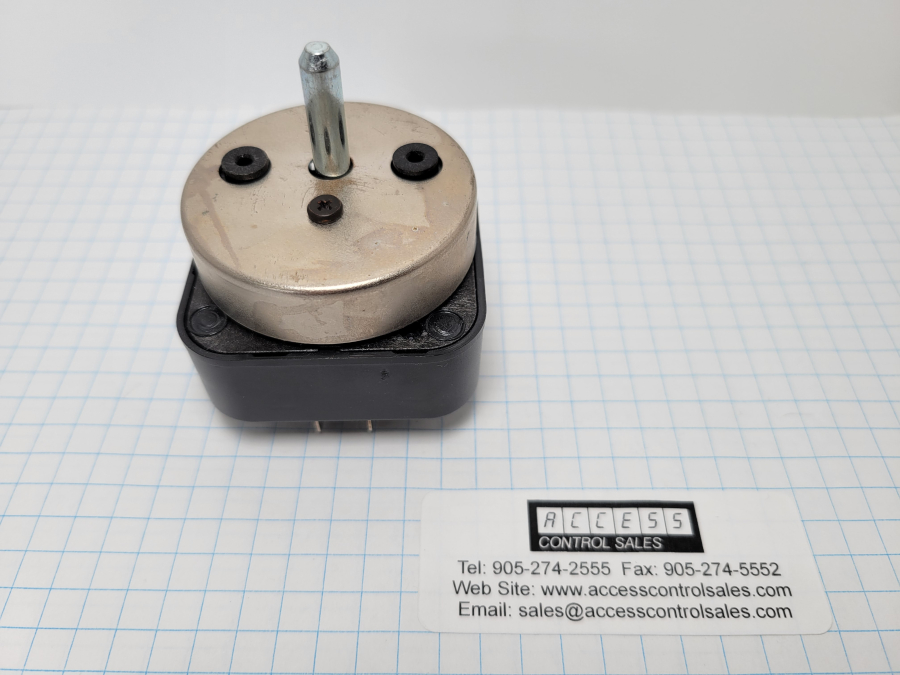In the realm of timekeeping, two stalwarts have endured the test of time: spring wound timers and mechanical timers. Both evoke a sense of nostalgia, embodying a bygone era when technology was simpler yet no less effective. Let’s delve into these timeless devices, exploring their mechanisms and diverse applications.
Spring wound timers, also known as spring-driven timers, harness the potential energy stored in a coiled spring to regulate time. Dating back centuries, these ingenious devices were among the earliest mechanical timekeepers. The principle is elegantly simple: winding the spring tightens it, storing energy that is gradually released to power the timer’s movement.
These timers find their niche in a myriad of applications, from household chores to industrial processes. In homes, they adorn kitchen appliances like ovens and coffee makers, enabling precise control over cooking and brewing durations. Gardeners rely on them for irrigation systems, ensuring plants receive water at optimal intervals. In the realm of photography, they facilitate darkroom processes, regulating exposure times with precision.
Mechanical Timers:
Mechanical timers, while similar in principle to their spring wound counterparts, often employ different mechanisms for timekeeping. They may utilize gears, escapements, and other mechanical components to regulate the passage of time. Unlike spring wound timers, some mechanical timers do not require manual winding, instead relying on continuous mechanical motion for operation.
These timers exhibit remarkable versatility, finding utility in diverse domains. In industrial settings, they orchestrate complex manufacturing processes, synchronizing machinery and ensuring precise timing for assembly lines. In sports, they serve as countdown timers for events ranging from basketball games to track competitions, adding suspense and structure to athletic endeavors. Even in the realm of entertainment, mechanical timers play a crucial role, regulating the duration of theatrical performances and orchestrating synchronized pyrotechnic displays.
Applications and Diverse Uses:
Both spring wound timers and mechanical timers find their way into an astonishing array of applications, owing to their reliability, simplicity, and precision. From mundane household tasks to critical industrial processes, these timekeeping marvels leave an indelible mark on our daily lives.
In the medical field, they regulate the operation of equipment in hospitals, ensuring accurate dosages of medication and precise monitoring of vital signs. In the realm of education, they facilitate standardized testing, enforcing strict time limits to maintain fairness and integrity. Even in the culinary arts, they play a pivotal role, regulating fermentation processes in breweries and controlling baking times in artisanal bakeries.
In conclusion, while spring wound timers and mechanical timers may evoke sentiments of a bygone era, their relevance and utility remain undiminished in the modern world. From humble beginnings to widespread adoption, these devices continue to shape the way we measure and manage time, leaving an enduring legacy that transcends generations.
